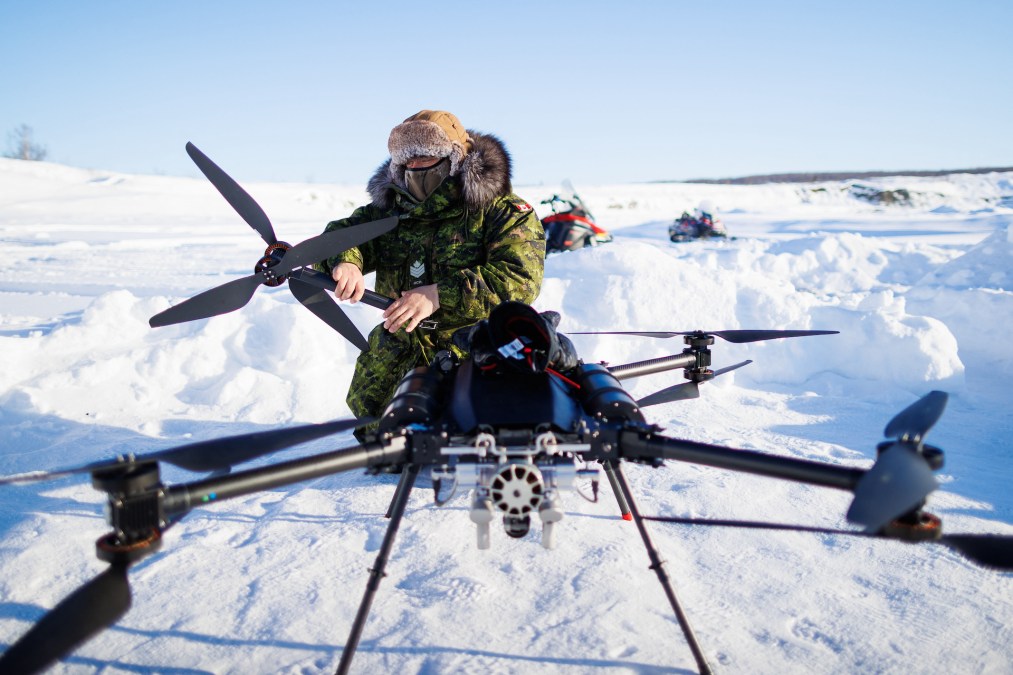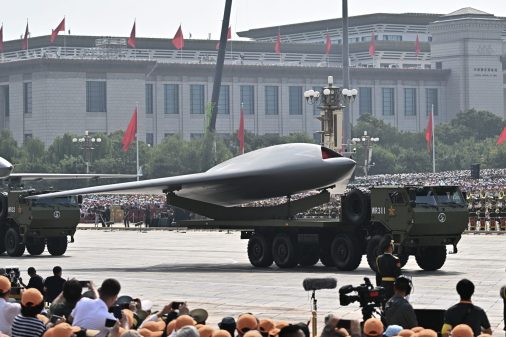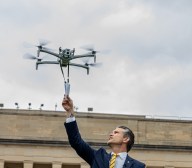Canada eyes major military investments, more non-U.S. defense partnerships

Canada’s recently elected government is moving to drastically expand and enhance its military’s arsenal of emerging and existing capabilities and strategically diversify defense partnerships to become less reliant on the United States.
Canadian Prime Minister Mark Carney unveiled a new security investment plan on Monday that proposes an increase of more than $9 billion in military-related funding this fiscal year and would enable the nation to meet the NATO alliance’s 2% defense spending target five years ahead of schedule.
“I call on all parties in Parliament to support these critical investments in our security and sovereignty. Our plan will help ensure that Canada is strong at home and reliable abroad,” Carney said. “We should no longer send three-quarters of our defense capital spending to America. We will invest in new submarines, aircraft, ships, armed vehicles and artillery, as well as new radar drones and sensors to monitor the sea floor and the Arctic.”
These planned investments would directly support the Canadian Armed Forces, Department of National Defence, and the Communications Security Establishment, among other aligned organizations.
Senior Canadian government officials hosted a call with a group of international reporters after Carney’s announcement to shed light on this new vision and high-dollar funding boosts.
Speaking on the condition of anonymity, one senior official noted that “the total defense spend for Canada was projected to have been $53.4 billion this fiscal year [but] today, with this new investment, that number is poised to grow to $62.7 billion.”
The plan calls for investing $560 million this year to grow the Canadian Armed Forces Cyber Command, modernize the nation’s digital resources and accelerate the military’s AI deployments.
“We will spend $1 billion this year on critical systems that will make Canada increasingly self-sufficient in defending our territory, our citizens — and especially in the Arctic. This includes the over-the-horizon radar, joint support ships, integrated underwater surveillance systems, logistics and light utility vehicles and domestic ammunition production, to mention a few,” they said.
New investments will additionally prioritize fleet maintenance, more weapons and aircraft and armored vehicles, infrastructure modernization and better pay for military and defense personnel. Further, Canada is also looking to build more capacity in the quantum and space sectors.
“With our Five Eyes [alliance] partners, we’re very excited about the defense industrial strategy, because I think it will create new opportunities to work in secure and classified spaces that we haven’t had before,” a senior government official said. The Five Eyes alliance includes Canada, the U.S., the U.K., Australia and New Zealand.
In response to questions from DefenseScoop, they noted that the Trump administration’s new vision to build out the Golden Dome next-generation missile defense system to shield the American homeland is “certainly top of mind for a lot of Canadians.”
But the Canadian government’s aims, in their view, are more about establishing integrated air-and-missile defense to protect Canada, as well as the military’s commitment to North American Aerospace Defense Command, or NORAD.
“In doing this investment, we’re going to protect our sovereignty and our country, but we’ll also be better partners in the NORAD enterprise, where we’ll be value-added to the gaps that NORAD has. So our focus is integrated air-and-missile defense — arguably a subset of the wider NORAD contribution that we’ve been doing for a long time — and we’ll watch and see how the wider U.S. approach to air-and-missile defense evolves,” the senior official told DefenseScoop.
Carney, who leads Canada’s Liberal party, was elected in April to serve as prime minister. He built his campaign around promises to push back on President Donald Trump’s tariffs and calls for annexation of America’s northern neighbor, and to strategically re-arm the nation’s military to meet contemporary threats.
“The brave women and men who are protecting our sovereignty do not have the resources they need for a riskier world. Our military infrastructure and equipment have aged, hindering our military preparedness. I’ll give an example or two. Only one of our four submarines is seaworthy. Less than half our maritime fleet and land vehicles are operational. More broadly, we’re too reliant on the United States,” Carney said Monday.
Canada is set to host Trump and other world leaders at the G7 summit in Alberta early next week.






